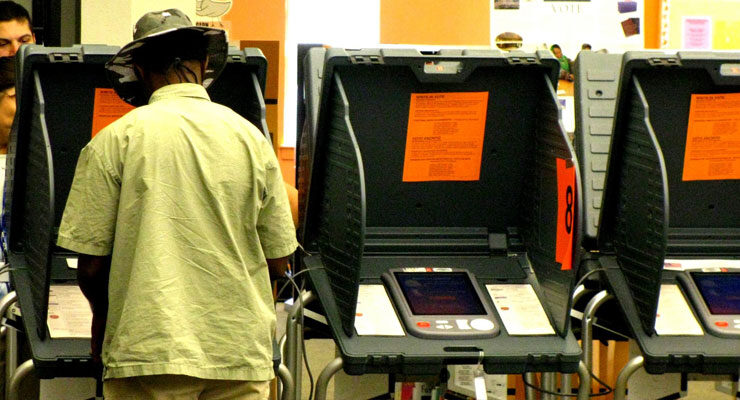 This article by William T. Adler is published by CDT. Here is an excerpt:
This article by William T. Adler is published by CDT. Here is an excerpt:
The 2020 election and its aftermath was marked by conspiracy theories and disinformation about the machinery of the U.S. election system — the rules and mechanisms for registering and authenticating voters, collecting and counting votes, reporting those votes to Congress, and so on. A subset of those conspiracy theories focused on the literal election machinery — the computerized systems used for casting and counting ballots.
President Trump and his allies focused especially intensely on discrediting and attempting to overturn the results in the state of Georgia, which President Biden won by a narrow margin. One year prior, under court order, Georgia had replaced its paperless voting machines with touchscreen computers that print out a paper ballot — called ballot marking devices (BMDs) — for use by every in-person voter. After the 2020 election, Georgia election officials countered an array of mis- and disinformation about the new voting machines, such as the allegation that the machines were somehow modified to “flip” Trump votes to Biden votes.
BMDs are widely used in U.S. elections and come with several benefits for election officials and voters. Because of their accessibility features — for example, allowing users to increase the displayed font size, use an auditory or sip-and-puff interface, or change the displayed language — they enable voters to vote independently and privately, when they might otherwise be unable to do so. They also prevent certain mistakes that could cause a ballot to be uncounted or counted incorrectly, like stray pen marks and overvoting (i.e., voting for too many candidates in a contest).
Read the full article here.
Leave a Reply